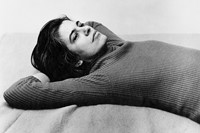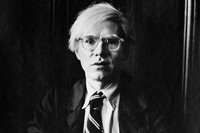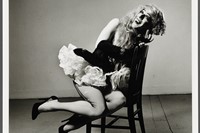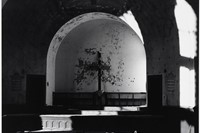The uniquely charismatic cultural commentator sat down to discuss 1970s New York’s vibrant art scene with art dealer Gracie Mansion, hosted by Loewe
‘New Yorker’ is a term we’ve come to bandy about with wilful abandon, but few are more deserving of it than Fran Lebowitz. The astute cultural commentator and writer first moved to the city from her New Jersey home after her expulsion from high school in the late 1970s and, happily for the city, never left it. Instead, it has fuelled her work – several books of essays, a children’s book, and one famously 30-years-past-its-deadline novel, Exterior Signs of Wealth, along with a prolific speaking and journalistic career – and her life.
As a lively member of the city’s bustling social scene through the 1970s and 80s, Lebowitz saw a pivotal generation of artists take centre-stage – and it’s her powerful friendship with Peter Hujar, the image-maker behind an iconic body of work documenting some of his age’s finest artistic talents, that made her an ideal candidate for a conversation with renowned art dealer Gracie Mansion, at Madrid’s Loewe Gran Via Gallery, on the subject of both his and David Wojnarowicz’s work. Their vital and colourful conversation accompanies a powerful exhibition of the two artists’ respective oeuvres, held as part of PHotoEspaña 2018. Here, we extract some of its most unforgettable moments.
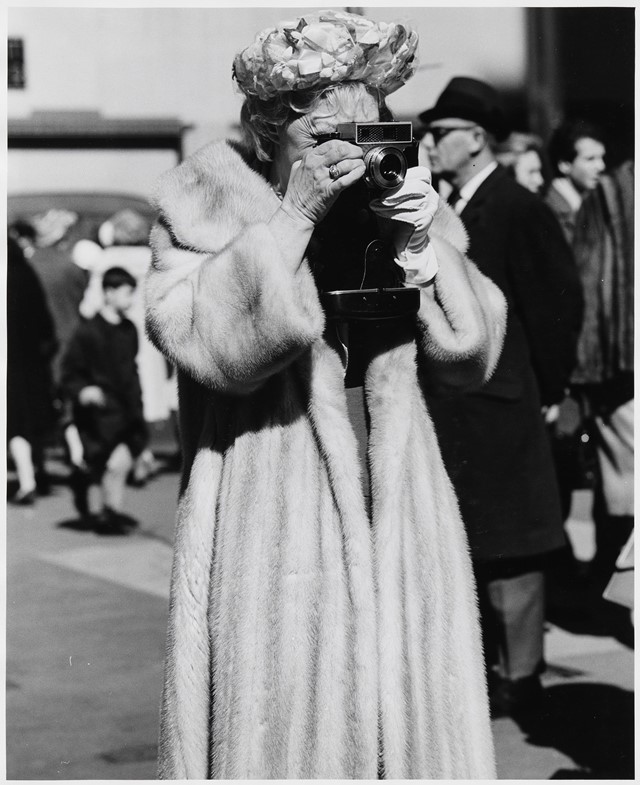
Fran Lebowitz on the first time she met Peter Hujar…
“I met Peter in 1971, at a screening in Midtown. I didn’t know who Peter was, but I saw this handsome guy, and I thought ‘there is Peter Hujar’. He was very handsome, and this was one of his claims to fame. I saw this very handsome guy wearing a rough tweed jacket and a woollen sweater. When the movie was over he stood up, and he was wearing a skirt.
“This was shocking for numerous reasons. One, he wasn’t the skirt type of guy – he looked really like a librarian, in the skirt. And two, it was illegal to wear women’s clothes then, so even the people who wore them routinely, they did not do it in Midtown. This was my first view of Peter. I never saw this skirt again, but I did ask him ‘Why were you wearing a skirt, Peter?’ And he said, ‘Because one day I thought, it’s not fair: women can wear pants, why men can’t wear skirts?’ And I thought, ‘that’s the thing you think is unfair?’”
On Hujar’s theories about his lack of success…
“Peter would think of reasons he wasn’t succeeding, and they would be never the reasons why he wasn’t succeeding. For instance, in Peter’s mind he wasn’t not succeeding because he threatened to break a barstool over an art dealer’s head. He wasn’t not succeeding because (I believe) he punched a woman dealer in the face. [Rather, he believed] he was not succeeding because all successful people’s first and last names started with the same letter, like Marilyn Monroe. This was the thing he was out for, for like a year. And every time he would see you he would tell you. Those were the reasons. He would say, ‘do you think I should change my name?’ And I was saying, ‘no, I think you should change your behaviour’.
“You know, I remember two guys from Paris. I called them the twins. They were not twins – they were in fact boyfriends, which is kind of twins I suppose – because they looked exactly alike. These little muscly guys, with shaven heads. They were very nice. And they wanted to get Peter a show. Peter goes: ‘these guys are horrible, they are trying to come over to my loft all the time’. I said: ‘Peter, there are trying to give you a show’. He said, ‘they are horrible. I have to have a lunch with them, could you come?’ And I said, ‘and they are taking you to lunch, which you need by the way!’
“So, we went to lunch, they were perfectly nice. And that night he went to some bar with them, and he threaten to break up a barstool over their heads, and consequently they did not give him the show. But not because his name was not Marilyn Monroe.”
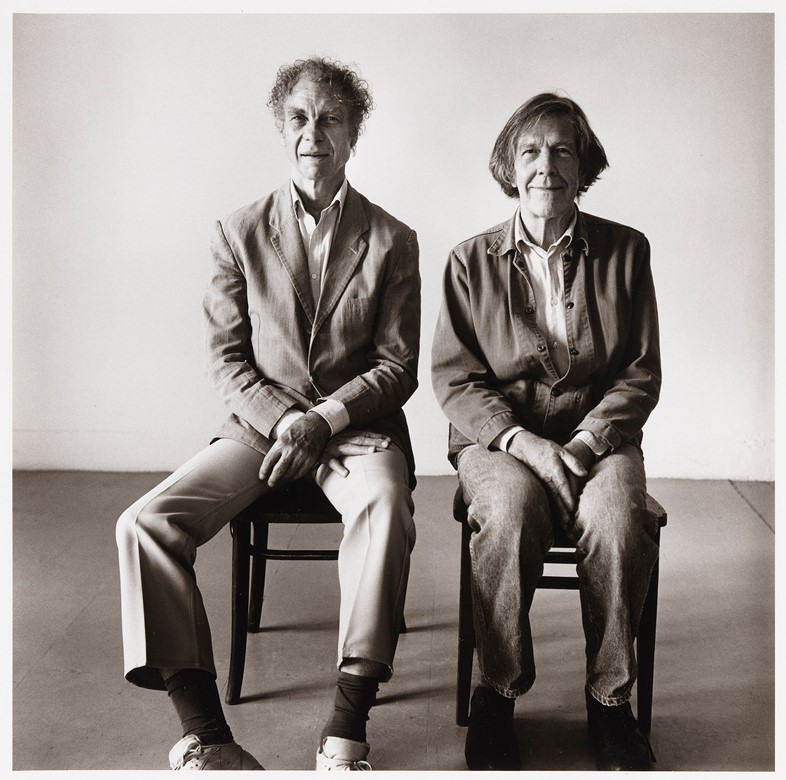
On their mutual dislike for Robert Mapplethorpe…
“Peter and I shared the distaste for Robert. But one of the reasons is that Peter thought Robert was silly, you know, which he was. And he thought that Robert copied him in certain ways, which of course he did. Sam Wagstaff, who was the patron of Robert, tried to be the patron of Peter when they were younger – and Sam Wagstaff is also dazzlingly handsome – but Peter was not happy with that. Peter was not going to be a rich man’s toy, but Robert was dying to be a rich man’s toy.
“So Robert – in an effort, I always believed, to get me to tell Peter, because he really sought Peter’s approval – he was always giving me photographs. I mean, Robert was. He would just show up at my apartment, buzz the buzzer and I’d say, ‘oh that’s Robert, giving me more of his stuff’. He would like bring it up, and he would ask me, you know, ‘Did you show it to Peter? Did Peter like this?’ When I moved from the apartment, which was the size of this table [gestures to coffee table] but not as nice or as clean, I thought, ‘this is the perfect time to get rid of that Mapplethorpe’s junk!’ And there were so many of these Mapplethorpes. In those days the trashcans in New York were made of metal, and they were out in the street. This was in 1979: you had to bring your trash down to the street, and put it in these metal cans. There were so many of these Mapplethorpe photographs that I couldn’t get them into the can. I have this vision of myself, every time I see his auction prices, jumping on them so that they would break, so I could get them into the can.
“When I told this story once to Matthew Marks, many years ago, he said, ‘I don’t understand, Fran – I mean I can understand you didn’t like the work, or that you didn’t like Robert, but how could you not know that someone that driven would be famous?’ He was already famous, a little bit, in 1979. It just never occurred to anyone that his photographs would be so expensive, they would have so much monetary value, it never came to anyone’s mind. Obviously if I had known that, I wouldn’t have thrown them away. I also wouldn’t be here, I would be at my villa in Tuscany.”
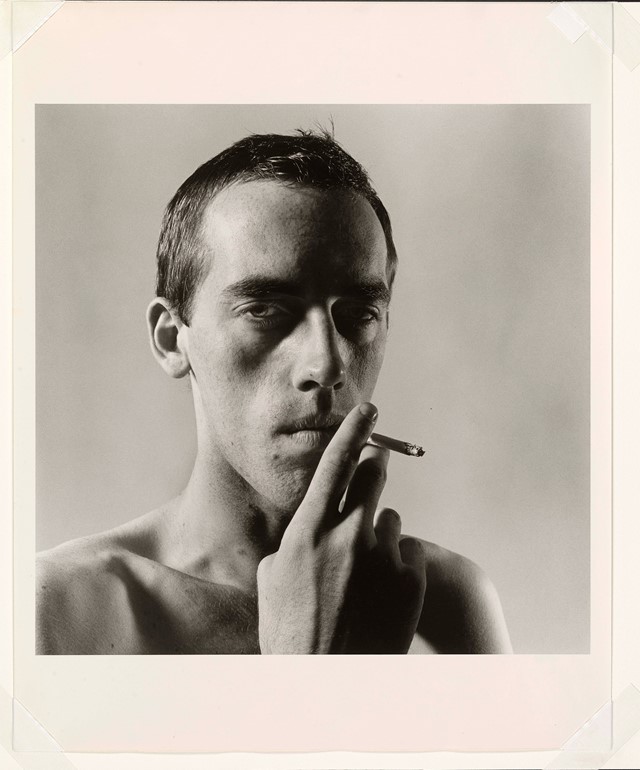
On his photograph of Candy Darling on her deathbed…
“Candy asked him to do that. You know, to take that photo of her. He told me, ‘You wanna come?’ And I said, ‘Peter I don’t think you should do that. I mean Candy is dying, that’s horrible.’ Candy was young, she was 27 when she died, and even I thought that was young then, even though I was like 23. He said ‘No no, she wants me to do it,’ and she did. So we went to the hospital, someone did her make-up, her hair, and she posed for those photographs. I thought it was horrible – not the photographs, fantastic! – but I thought, I can’t imagine this is what you care about when you’re dying. But this is what she cared about.
“And then when Candy died, Peter and I went to the funeral together, which was at Frank E. Campbell, which was the fanciest funeral home in New York, still is. It was winter, and when we got to the funeral home, we went into the room where the body was, which is the first time I ever saw an open casket. The casket was open, and on the back of it – it was a very elaborate casket – there were these things, I think they’re called Mass Cards, from the Catholic Church, they were there with the rosary beads, and also these photographs of Candy, these publicity shots. Candy was in the coffin, in full drag, in full make-up. And I was shocked by this.
“Peter was wearing his coat, and he was right behind me, and all of a sudden he takes his camera and he takes a picture of it. And I was so angry at him for doing this. I said ‘This is awful!’ He goes, ‘She would have wanted me to do this!’ I said, ‘How would you know?’ And I think she probably would have, you know. I think I fought about that with Peter for about two days, and I’ve never seen that photograph of Candy dead.”
Peter Hujar and David Wojnarowicz is at LOEWE Gallery, Madrid, until August 30, 2018. This conversation between Fran Lebowitz and Gracie Mansion was conducted in Madrid on June 27, 2018.

